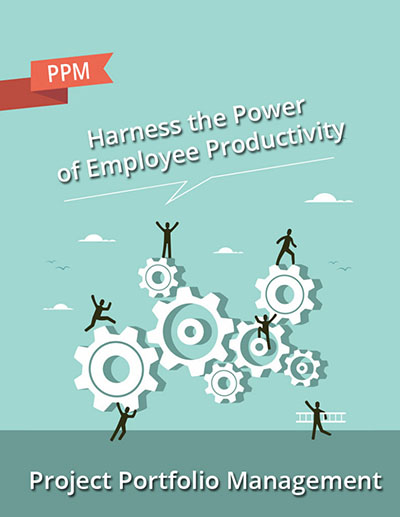
Project Portfolio Management is often thought of as simply the discipline of listing, categorizing, prioritizing, and tracking the high level progress on a portfolio of projects or objectives. However, as industry competition increases, employee productivity within these initiatives becomes increasingly essential to the success of any business. Keeping ahead of the pack means being keenly aware of how productive your employees are both within projects and outside of them. Business process managers need to have visibility into how they can more effectively manage their team’s workflow.
Unproductive Employees Can Undermine Success
No matter your company’s size, it is often one of the biggest challenges to manage productivity and performance, or to track employee progress. When employees are either working on the wrong priorities or simply not working optimally or effectively as a team:
- Projects take longer because deadlines are missed;
- Workflow issues such as lack of timely and clear delegation or a lack of clarity in what each employee is responsible for can mean work can fall through the cracks;
- Some employees may be overworked while others are underutilized;
- Overall business productivity and profitability is less than it should be or could be.
There are many tools that can aid in resolving these issues, but perhaps the most effective is the a combination of effective workflow design and execution and the big picture benefits of a well‐managed project portfolio management system.
Why Project Portfolio Management?
Project Portfolio Management (PPM) is a set of practices and processes that companies use to prioritize projects. It establishes and defines the methods used for approving and allocating resources to, then tracking and managing projects throughout their full lifecycle. What can make PPM difficult for some organizations to embrace is the fact that there’s no one right way to implement it.
[gravityform id=7]
